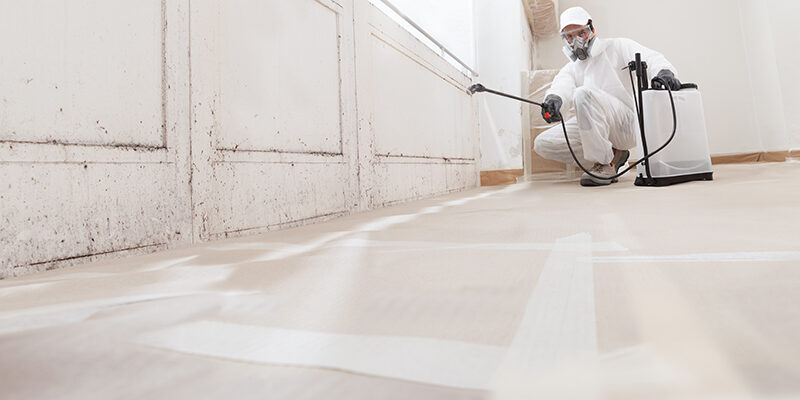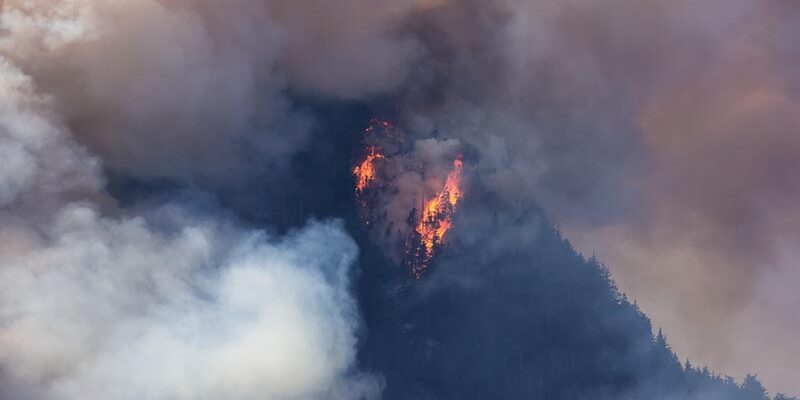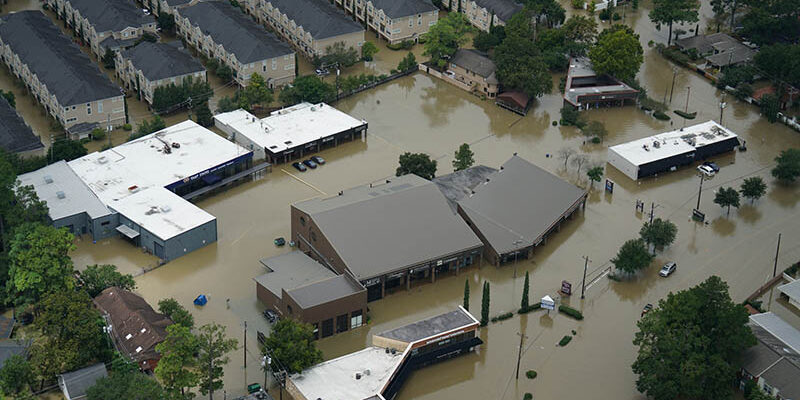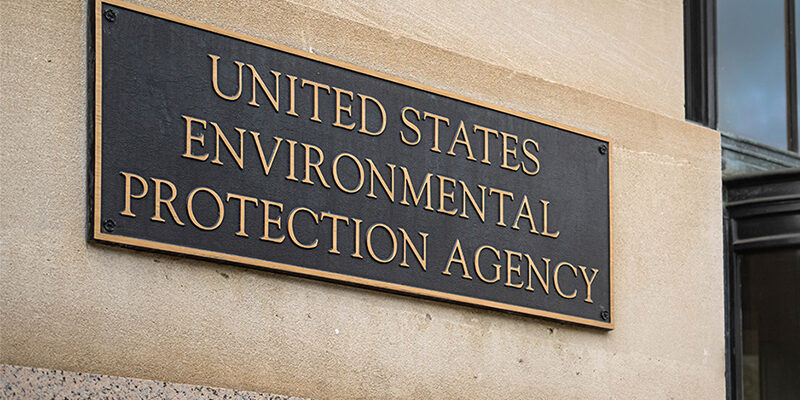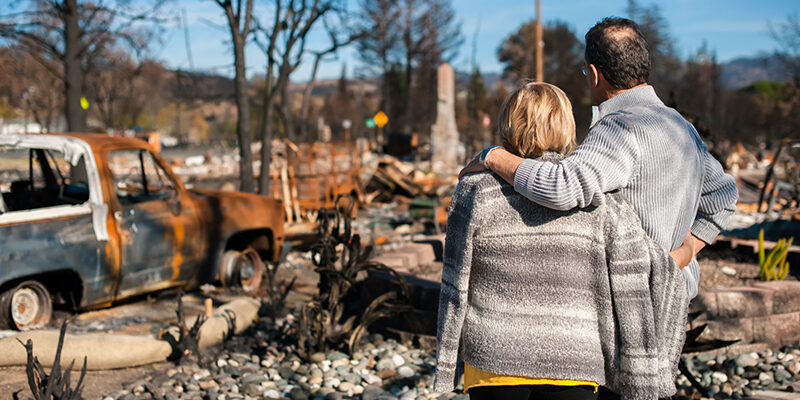Leading Causes of Commercial Fires
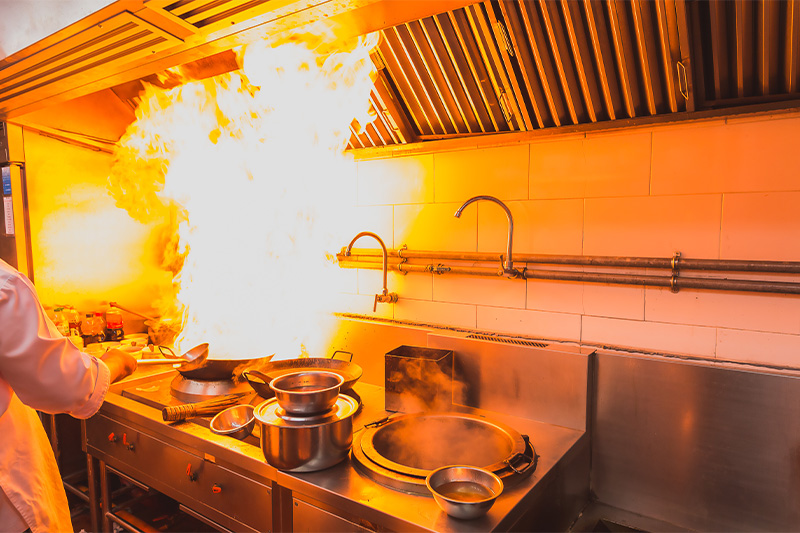
Fires in commercial settings are increasing across the country, according to the U.S. Fire Administration (USFA). In 2022, the most recent year for which statistics are available, fires broke out in 129,500 non-residential buildings, leading to 140 deaths, 1,300 injuries and more than US$3 billion in damage.
The rate at which workplace fires are increasing is alarming. Since 2013, there’s been:
- A 27% increase in non-residential fires.
- An 83% increase in deaths during these tragedies.
- A 23% increase in dollar loss for businesses whose establishments suffered fire damage.
The first steps in stopping the spread of workplace fires are understanding what causes them and then implementing simple preventive measures.
Cause No. 1: Cooking Equipment
Kitchen fires accounted for the largest portion of non-residential building fires in 2022, according to USFA. That translates to 35,800 fires leading to over $89 million in losses. Restaurants, cafes, and any businesses with a kitchen are particularly vulnerable to fires because of grease buildup, faulty equipment and unattended cooking.
How to prevent cooking-related fires:
- Regularly clean and maintain all kitchen equipment, including paying for a grease trap
removal service. - Provide ongoing training for staff on safe cooking practices.
- Create a fire prevention plan and regularly remind employees about it.
Cause No. 1 : Faulty Electrical Systems
Faulty wiring, overloaded circuits, and outdated electrical systems can lead to sparks and overheating, which can quickly lead to massive fires. The National Fire Protection Association estimates that there are over 33,000 commercial electrical fires annually in the U.S., causing nearly 45 deaths and approximately $1.36 billion in property damage.
Water and electricity don’t mix. When a business suffers flood or heavy rain damage, owners often focus on water damage. But water can quickly and thoroughly damage electrical systems too.
The Electrical Safety Foundation recommends having electricians examine water-damaged electrical equipment immediately. How to prevent electric fires:
- At least once per year, pay a qualified electrician to inspect the property. If the property is old or full of machinery, visits should occur quarterly.
- Pay extra for infrared scanning, which can detect hot spots in an electrical system before they cause problems.
- Don’t overload circuits or extension chords by plugging too many devices into them. Signs of overloaded circuits include dimming lights, buzzing switches and warm outlets
or covers.
Cause No. 3: Heating Equipment
Space heaters, furnaces, and boilers can all cause fires if not properly maintained or used incorrectly. According to the USFA, approximately 6.2% of fires in nonresidential properties in 2022 were caused by heaters. How to prevent heating-related fires:
- Maintain heating equipment by having them cleaned and inspected annually by a qualified professional.
- All heaters need space. Keep anything that can burn at least three feet from heating equipment.
- Plug space heaters directly into outlets and never into an extension cord or power strip.
- Install and maintain carbon monoxide (CO) and fire alarms inside a home to provide early warning of CO.
Cause No. 4: Arson
While the motives vary, arson remains a significant and growing cause of commercial fires. The USFA found that intentional fires increased 140% over a ten year period. Vacant buildings are a primary target for arsonists, accounting for 25% of all intentionally set building fires, according to the USFA.
How to prevent heating-related fires:
- Security, security, security. Businesses should employ surveillance cameras to help deter
arson and aid in investigations. - Vacant buildings should be boarded up properly. The procedure, set by the USFA,
includes providing openings in certain locations, posting no trespassing signs and using
specific types of plywood.
Cause No. 5: Human Error and Negligence
Simple mistakes like leaving equipment unattended, improper use of appliances, and careless smoking caused 16,500 commercial fires in 2022. While accidents will happen, common sense prevention plans can curtail damage. How to prevent accidental fires:
- Make sure smoke alarms and fire sprinklers are properly installed and working.
- Post clear fire escape plans on every level of a building.
- Teach employees about exit locations, escape routes and fire protection equipment.
- Make your business smoke-free, including outdoor areas near the building.
Solutions to Extinguish All Fires
While prevention is key, businesses must also be prepared in case a fire occurs. Every commercial building should have systems and procedures in place to minimize damage and ensure safety.
How to prepare for potential fires:
Every commercial building should have top-tier fire suppression systems, which include sprinkler systems, fire extinguishers, and fire alarms hardwired to the fire department.
Regular inspections and maintenance of all equipment and systems is essential.
Stuff can be replaced. People cannot. That’s why businesses should have publicly displayed evacuation procedures, clearly marked exits, and regular fire drills.
Fires in commercial settings pose a growing risk to businesses, employees and communities, but proactive measures can significantly reduce their impact. By understanding the leading causes of workplace fires and implementing preventive strategies, businesses can protect their properties and the lives of those within them. However, preparation is just as crucial as prevention. Equipping commercial spaces with reliable fire suppression systems, conducting regular inspections and fostering a safety-first culture can make all the difference when seconds count. Fire safety is a shared responsibility, and taking these steps today could save lives and livelihoods tomorrow


